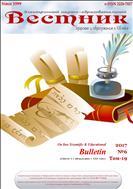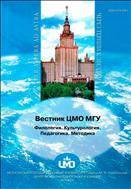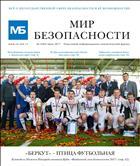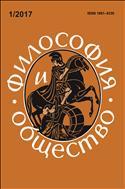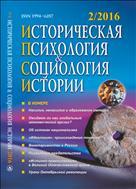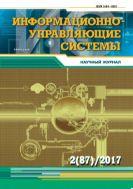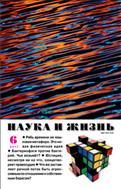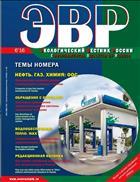Investigation of tribotechnical and corrosion behaviour of material for light-alloy drill pipesInvestigation of tribotechnical and corrosion behaviour of material for light-alloy drill pipes 
Special aluminum alloys appear to be promising materials for manufacture of high-strength light-alloy drill pipes (HSLADP) that can be used in areas with a severe climate and challenging geology. The effect of using light-alloy drill pipes (LADP) depends directly on the properties of the aluminum alloys from which such pipes are made. As the wells become deeper and horizontal wellbores get longer, use of LADPs becomes more relevant. Since light-alloy pipes are 2.8 times softer than steel pipes, LADPs offer the same performance as steel drill pipes of the lowest strength grade even in the case of rotary drilling. The materials from which such pipes are made have a number of unique advantages: extra light weight in the drill mud, allowing the coefficient of sliding friction between the pipe surface and the borehole wall to be reduced; high corrosion resistance in aggressive media with A high concentration of hydrogen sulfide and carbon dioxide; and high magnetic inductive capacity that allows LADPs to be used as a housing for MWD (measurement while drilling) and LWD (logging while drilling) telemetry systems during well-drilling operations. This study suggests methods for industrial production of submicrocrystalline (SMC) structure in aluminum alloys with the help of severe plastic deformation. Through the example of model aluminum-lithium alloys 1420 (Al-Mg-Li-Zr) and 1460 (Al-Сu-Li-Zr), the researchers demonstrate that SMC structure helps significantly increase resistance to wear and reduce the rate of corrosion depending on the pH value. The research team also states that severe plastic deformation methods may be used to develop highly promising technologies for manufacture |
|
09.12.2024Все новости Издательства повышают цены на книгиИздательства вынуждены повысить цены на книги из-за роста стоимости полиграфии |
ПОДПИСКА НА ЖУРНАЛЫ И ГАЗЕТЫ ON-LINE1
Мы используем cookie. Это позволяет нам анализировать взаимодействие посетителей с сайтом и делать его лучше. Продолжая пользоваться сайтом, вы соглашаетесь с использованием файлов cookie.
Подробнее можно ознакомиться на странице политики конфиденциальности и политики обработки персональных данных.
© 2005-2023 Агентство «Книга-Сервис»
107996 Москва
Протопоповский пер. 19, к.17
E-mail: public@akc.ru









